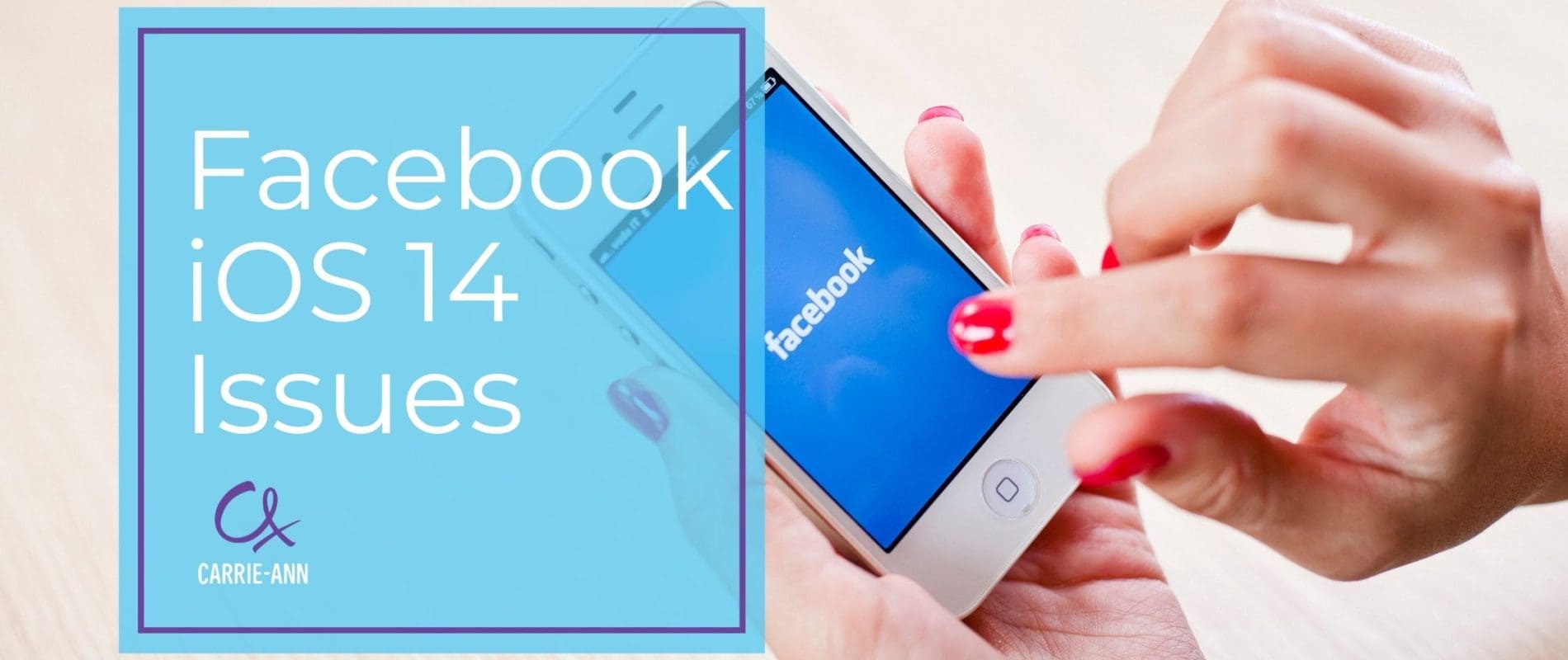
How to Fix Facebook iOS 14 Issues
The Facebook iOS 14 update has created several issues for advertisers. Here’s everything you need to know from the perspective of a Facebook expert.
What is the Facebook iOS 14 Update?
The digital marketing world has been significantly altered by the privacy measures introduced when Apple launched its iOS 14 update. Similarly, the Facebook update has transformed the paid social landscape which has, unsurprisingly caused a bit of a stir.
The primary issue that emerged as a result of the update was centred on the cookie used by Apple to permit iOS device tracking. Before the update, owners of Apple devices were automatically opted-in. Now, however, device owners are opted-out by default.
This update has been hailed as a consumer privacy success story, but there’s no denying that it has serious implications for digital marketers. Here are some problems you might be facing and how to fix them.
Smaller Re-Targeting Audiences
The first issue is something that every Facebook expert predicted. Unfortunately, re-targeting audiences are proving to be much more difficult to reach, largely because they’re significantly smaller. After all, a marked percentage of mobile traffic tracking has been lost.
To combat this, I recommend utilising alternative re-targeting sources, including:
– Creating custom audiences from phone numbers
– Targeting people who have watched your video content
– Focusing on those who have actively engaged with your advertisements
Conversion Reporting for Pixel-Based Conversions is Inaccurate
The numbers you’re seeing in your Ads Manager might not be truly reflective of what’s really happening. The reduced number of tracked mobile conversions along with reporting delays are just two reasons behind the potential discrepancy you’re seeing.
For more reliable results, you can utilise on-platform lead generation strategies such as messenger or forms. Additionally, you can take steps to optimise campaigns and apply Conversions API.
Inconsistent Conversion Rates
While it will take some time for algorithms to adapt to the new realities of tracking implemented by the update, I’ve seen many campaigns experience a significant drop in performance even from evergreen ad campaigns.
Unpredictable and inconsistent conversion rates are largely behind this. In addition to closely monitoring interest-based audiences which are currently seeing the most extreme levels of volatility, it is a good idea to use this as an opportunity to diversify your ad targeting.
Optimising your Campaign Budget is Unreliable
Many advertisers have successfully used the campaign budget optimisation tool for some time, which gives Facebook permission to allocate your budget based on performance. Tracking changes mean that this tool is now far less reliable with Facebook allocating a disproportionate percentage of budgets to audiences with markedly higher CPLs.
If you don’t want to utilise an entirely manual approach, it will be worth using automated rules to stop too much of your budget being funnelled towards ad sets that just aren’t performing.
With the cookie-less future becoming the cookie-less present, now is the time to adapt to new and emerging tactics to drive the best outcomes.